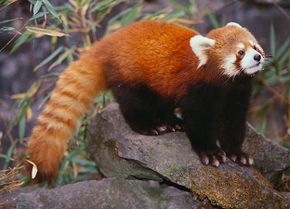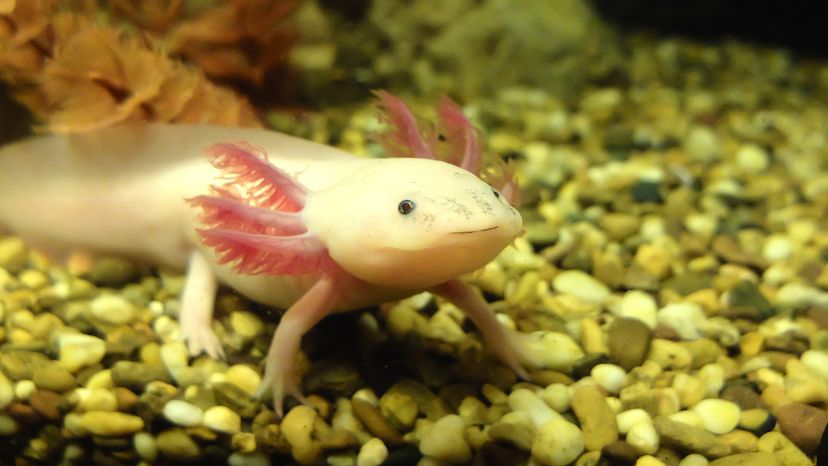
The animal kingdom is filled with cool animals (and plenty of weird animals, too), each with its own unique adaptations and behaviors. From the depths of the ocean to the dense forests, these fascinating creatures remind us of the importance of protecting our planet's wildlife.
Here, we shine a spotlight on 10 of the coolest animals, showcasing their incredible traits and the challenges they face in their natural habitats.
Advertisement









